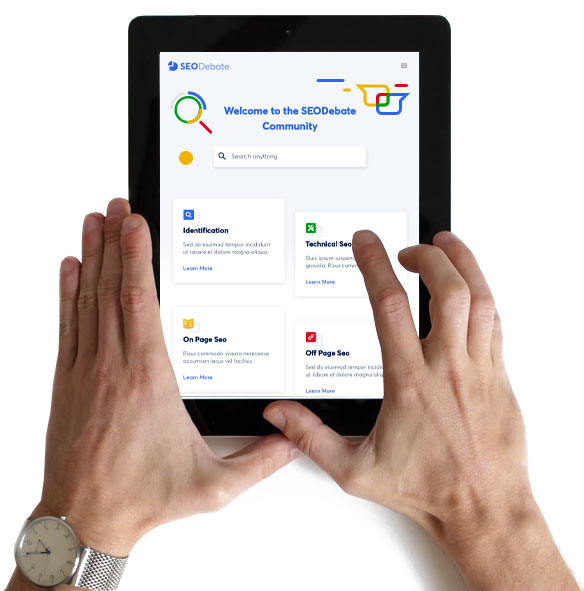Frequently asked Questions
Enhancing Website SEO with Page Data Extractor
Leveraging Page Data Extractor for SEO Analysis
One of the main uses of the page data extraction tool is to extract the titles (called meta titles) from all of a website's pages. The meta title summarizes what that specific page is about and helps search engines understand the topic and relevance of the content. By extracting and analyzing these titles using the tool, professionals can optimize the titles to improve how high the website shows up in search results for certain keywords. Well-optimized titles also tend to get more clicks from users in the search results.
The data extraction tool can also pull out the main headings (called H1 tags) present on each webpage. Reviewing these main headings allows SEO professionals to check if the actual content and targeted keywords align with the heading text. They can then make any necessary edits or adjustments to the headings and keyword usage throughout the content to improve its relevance and on-page optimization.
Another important element the tool extracts is the canonical tags. These tags specify which version of a page's content should be treated as the main, preferred version in case there are duplicate versions of that content across the website.
Using an automated data extraction tool saves an incredible amount of time and effort compared to manually trying to gather and analyze all this SEO data from each page. Instead of someone having to scan and copy data from every single page, the tool does it accurately and efficiently by automatically extracting just the specific SEO data points that are needed.
In short, the data extraction tool provides marketers with centralized access to all the key SEO elements across their web pages. It allows them to thoroughly analyze their SEO status, identify areas for improvement, and systematically optimize the overall structure of a website.

